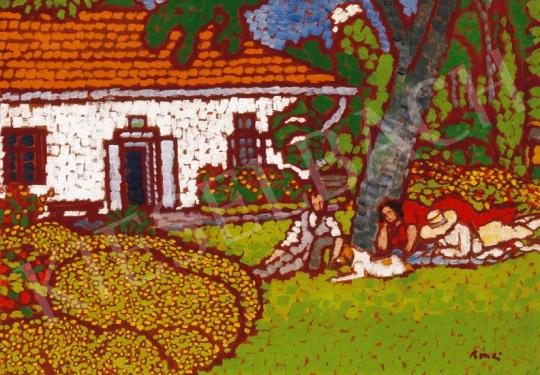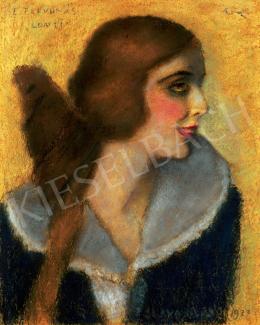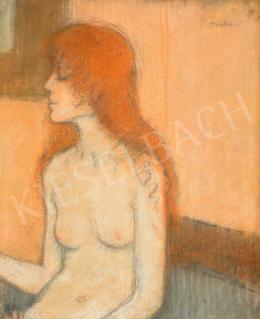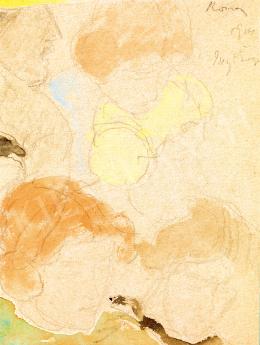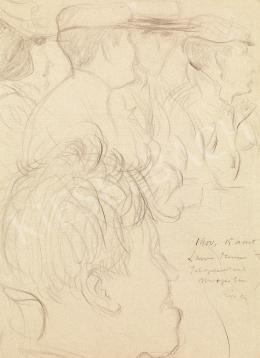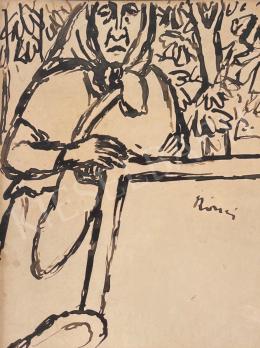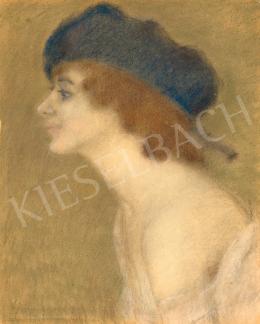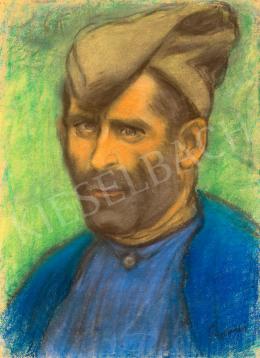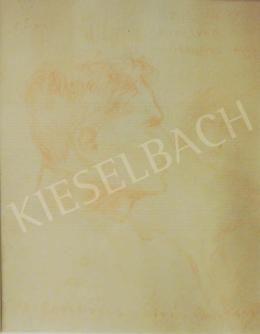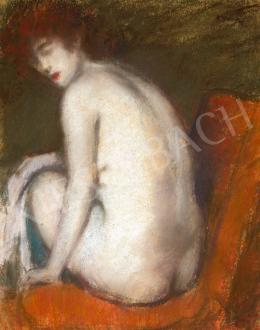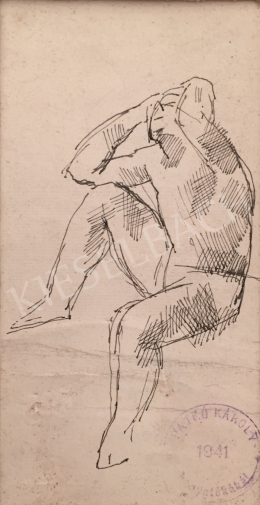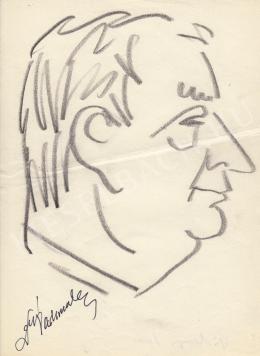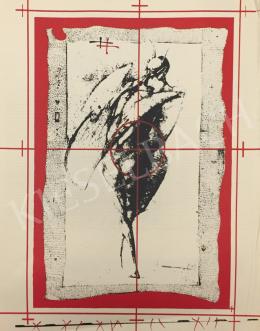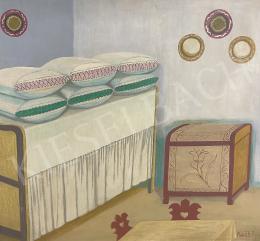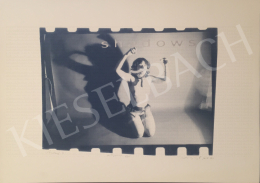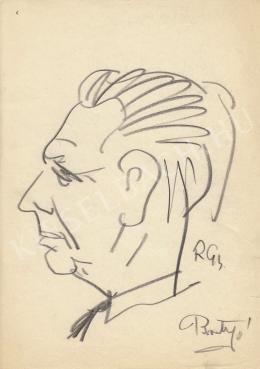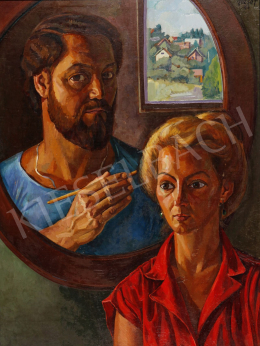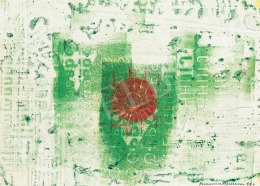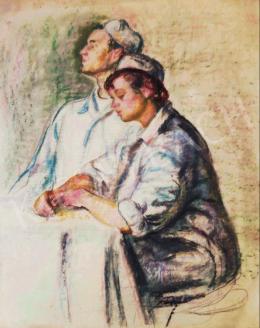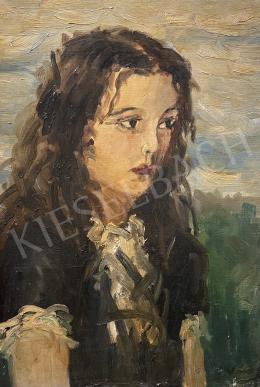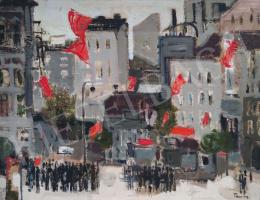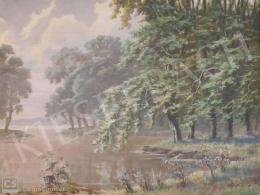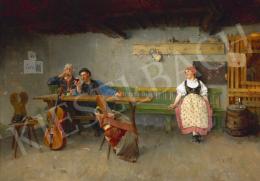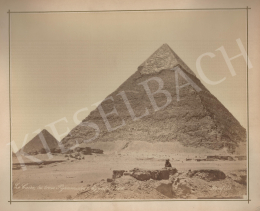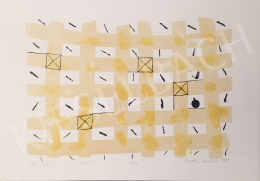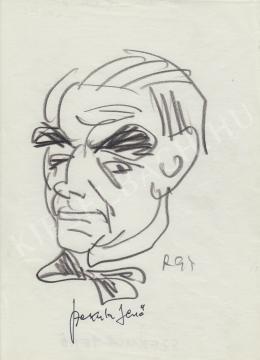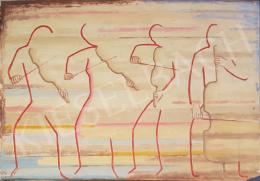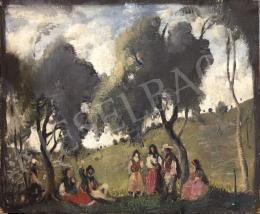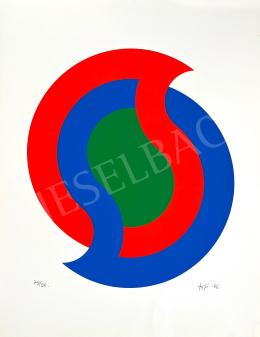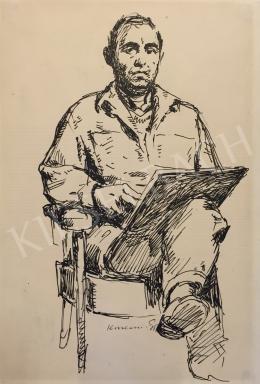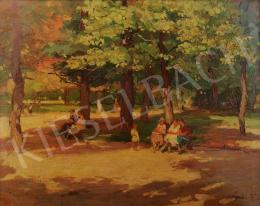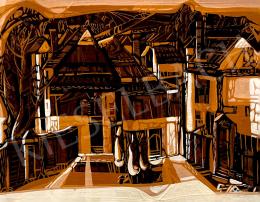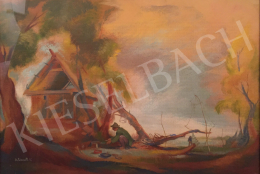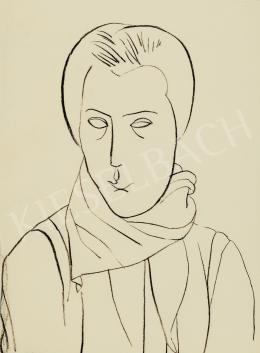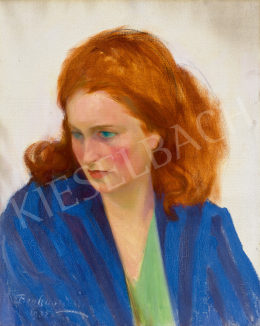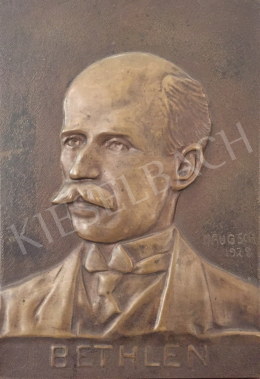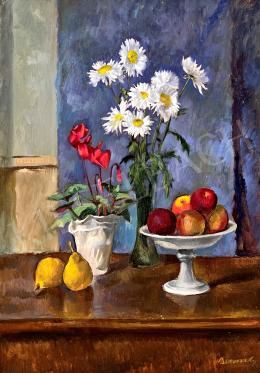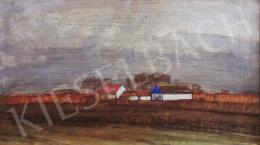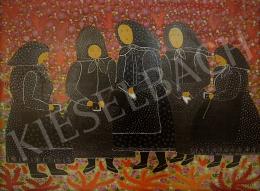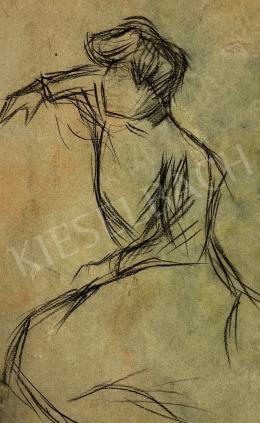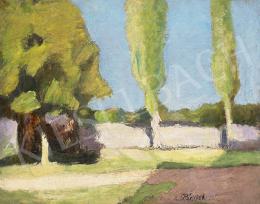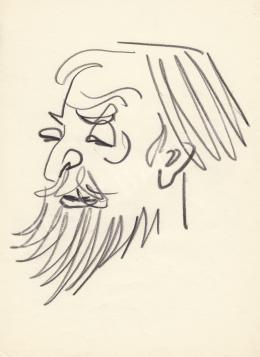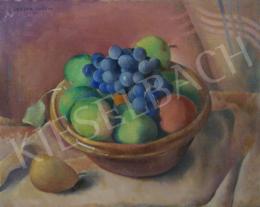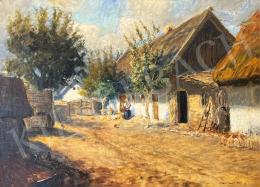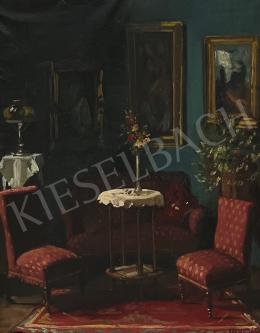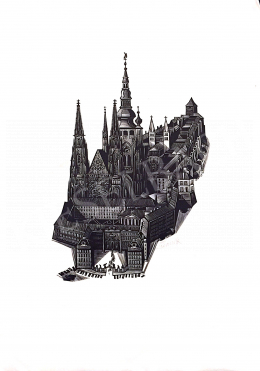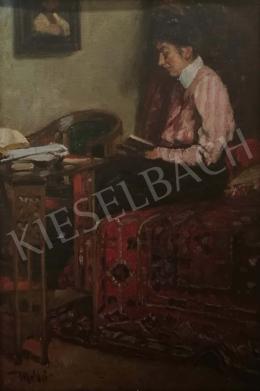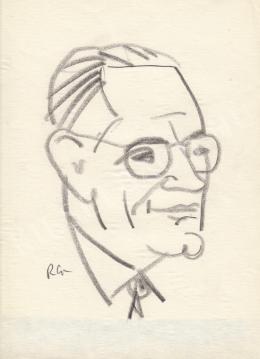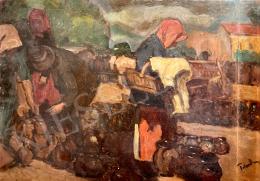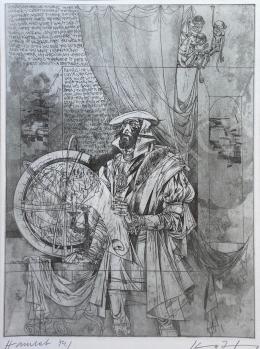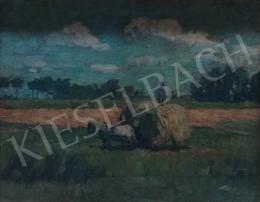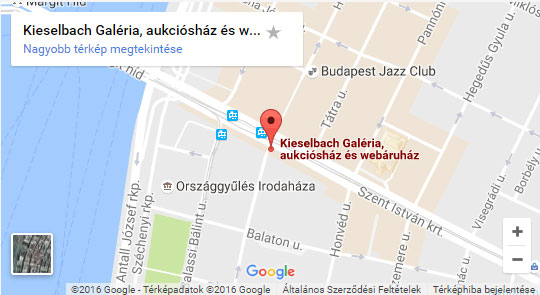Rippl-Rónai's oeuvre is the most important link between West-European and Hungarian painting of the 20th century. During the fifteen years of his stay in France he exhibited together with the members of the group Nabis, who were also his friends. His works were praised, among others, by Bonnard, Vuillard, Vallotton and Maillol.
His paintings and drawings have always been valuable pieces of the greatest museums of the world, such as the Musée d'Orsay in Paris and the Brooklyn Museum in New York. Though he did not found a school, the effects of his art were far-reaching in the Hungarian art of the 20th century. The modernity of his works was revelational for the young generation. His paintings sent home from France represented the modern spirit of Paris against the conservatism of the Academy in Munich. Through his painting the Hungarian audience could have the possibility to learn the new ways of representation and new tendencies of art.
However, returning from France Rippl met indifference and unappreciation. His exhibition opened in 1900 did not answer his expectations. In spite of this fact he repatriated to Hungary in 1902 and bought a house in Kaposvár. In the following years this house and its guests, the members of his family appeared in his pictures time and time again.
Finally, the show opened in 1906 brought the painter the expected appreciation. Both the critics and the audience welcomed the paintings exhibited in a gallery in Nagymező street. The income gave the artist the possibility to rent a studio in Budapest and buy the villa 'Római' near Kaposvár. The feeling of success encouraged him to experiment with new ways of representation; in the pictures painted after 1906 the transition to a new painting style, which remained so characteristic of his oil paintings until his death, is clearly discernible.
The picture under discussion represents all the formal and thematic characteristics of his period that he called ' corn era', after a picture representing corns. The facture of his pictures dramatically changed: the represented forms were emerging from brushstrokes coming asunder, and this vibrant system of stains were framed by the stressed contours following the borderlines of the represented objects and figures. The depth of the space seems to disappear and the decorativity of the composition transported into being flat is extremely intensified. Comparing to the interiors, the colors are more vivid and passionate. The painter himself wrote about this new technique as follows: ' You have to throw away the technical theories you learnt from others and have to reduce the technique as simple as it is possible. It means that one does not put colors onto each other in any circumstances. One can find every colors in the tube, he only has to take it out and put it onto the canvas as it is, minding the homogeneity of the style.
One should not mix anything on the canvas. '
As for the sources of the new style, the years spent in Paris have main importance. Gauguin's compositions systematised by the stressed outlines served as examples to all the members of the group Nabis. The forms which are built from independent stains and lines appear in Van Gogh's, Cezanne's and the pointist painters' pictures as well. It is possible that Ödön Márffy and Béla Czóbel, returning from France at that time, also influenced Rippl's art. Comparing Rippl-Rónai's pictures to that of the Nabis's, one also has to stress the main differences that can be explored in the meanings and moods of representation. His way of looking at things is very simple, there are no traces of the expression of any speculative or symbolic meaning; in this sense he can rather be compared to the impressionist artists. The experience seems to be dominant in his pictures, but the harmony of sight is colored by an inner spiritual content.
The most characteristic pictures of the 'corn era' are those representing garden scenes. They suggest peace and familiarity; the park of the villa is peopled with friends and relatives and evokes an idyllic micro world. In the picture presented here the well-known characters of the family appear: in front of the studio, which used to be a press-house, the viewer explores the artist's brother, wife and their foster-daughter, Anella. The melancholic, motionless world of this Arcady is emerging from the vivid cavalcade of colors. Rippl's optimistic colorit - according to his memories - is the expression of his physical and spiritual harmony.
The picture under discussion was painted around 1914. It is an outstanding piece of the artist's mature period. A huge, representative piece of the oeuvre, which magnetises the viewer by the characteristic colorit of the 'corn era', by its mood suggesting calm and peace.
Molnos, Péter






